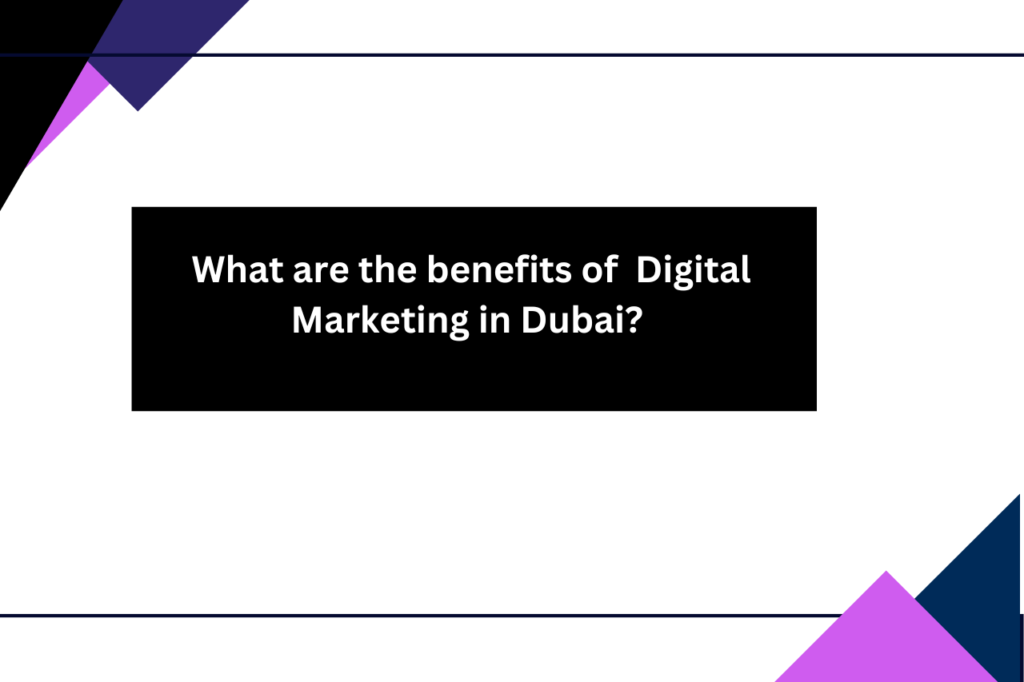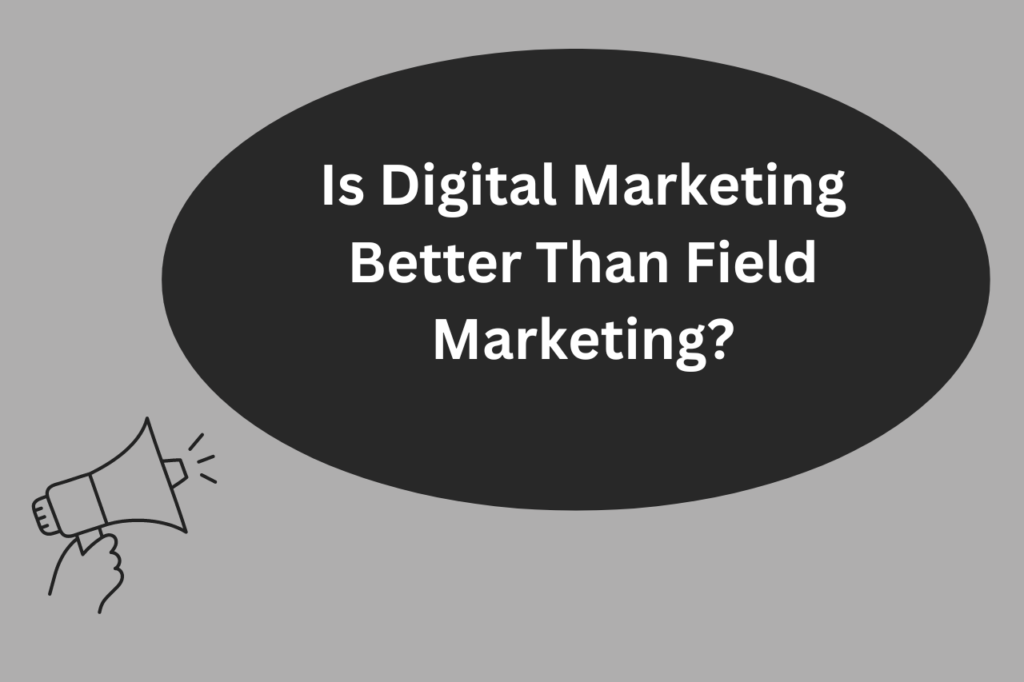Ecommerce website design is the process of creating an online platform that allows businesses to sell their products or services over the internet. It involves designing and developing a website that is easy to navigate, visually appealing, and functional.
The success of an ecommerce website depends on its aesthetics and functionality. Aesthetics refer to the visual appeal of the website, which includes its design, color scheme, layout, and images. Functionality refers to the website’s ability to perform its intended functions, such as easy navigation, quick page load times, and mobile responsiveness. Aesthetics and functionality play a crucial role in attracting and retaining customers. A visually appealing website with easy-to-use features can create a positive user experience, which can lead to increased customer engagement and sales.
In this blog, we will explore the importance of aesthetics and functionality in ecommerce website design in Dubai. We will discuss how to apply these principles to create an engaging and user-friendly ecommerce website in Dubai that drives sales. We will also provide tips and strategies for optimizing the design and functionality of your ecommerce website in Dubai.
- UNDERSTANDING AESTHETICS IN ECOMMERCE WEBSITE DESIGN
In today’s digital era, the importance of having a visually appealing and engaging ecommerce website cannot be overstated. With the ever-increasing competition in the ecommerce industry, having an aesthetically pleasing website design is crucial to stand out from the crowd and attract potential customers. A well-designed ecommerce website can also enhance the user experience and improve the overall credibility of the business.
- Importance of Visual Appeal
Visual appeal is a critical aspect of ecommerce website design in Dubai. It is the first impression that a potential customer will have of the business, and it can make or break their decision to stay on the website and explore further. The visual appeal of a website is not just limited to the use of images or graphics, but it also includes the layout, spacing, and overall design elements used.
When designing an ecommerce website in UAE, it is important to ensure that the layout is clean and easy to navigate. The use of too many design elements can make the website look cluttered and confusing, while a minimalistic approach can make it look dull and unappealing. A balance needs to be struck between the two to achieve a visually appealing and engaging design.
- Use of Color Schemes and Typography
Color schemes and typography play a significant role in the aesthetics of ecommerce web design in Dubai. Colors can evoke emotions and feelings, and using the right color scheme can create a sense of trust, reliability, and professionalism. Similarly, typography can also impact the website’s overall look and feel, and using the right font can improve the website’s readability and enhance the user experience.
It is essential to choose the color scheme and typography that aligns with the business’s brand image and values. A consistent color scheme and typography can help create a recognizable and memorable brand identity that customers can relate to.
- Creating a Consistent Brand Image
Creating a consistent brand image is crucial in ecommerce website design. It is important to ensure that the design elements used on the website align with the business’s overall brand image and values. This includes using the same color scheme, typography, and design elements on all pages of the website.
Consistency in branding not only enhances the website’s visual appeal but also helps build trust and credibility with customers. A consistent brand image can make the business more recognizable, which can lead to increased brand loyalty and customer retention.
- IMPORTANCE OF FUNCTIONALITY IN ECOMMERCE WEBSITE DESIGN
In addition to the visual appeal of an ecommerce website, functionality is equally important for a successful online presence. The functionality of an ecommerce website refers to its ability to deliver a smooth and user-friendly experience to its visitors.
- Creating a user-friendly interface
One of the key aspects of an ecommerce website is its interface, which should be easy to use and navigate. The user interface should be designed with the customer in mind, making it easy for them to find what they are looking for and complete their purchases without any confusion or frustration. This includes designing a simple and intuitive layout, clear product categories, and an easy-to-use shopping cart.
- Ensuring easy navigation and searchability
The navigation of an ecommerce website should be designed in a way that allows visitors to quickly and easily find the products they are looking for. This can be achieved by implementing a search bar, clear categories, and filters that allow customers to narrow down their search results. Additionally, breadcrumb trails can be added to help users keep track of their location within the website and easily navigate back to previously viewed pages.
- Optimizing site speed and performance
Site speed and performance are crucial factors for any ecommerce website. Slow loading times and website crashes can lead to frustration and decreased customer satisfaction. Therefore, it is important to optimize the site’s speed and performance by minimizing image and file sizes, utilizing caching mechanisms, and optimizing the code. This not only improves the user experience but can also positively impact search engine rankings.
- INTEGRATING AESTHETICS AND FUNCTIONALITY IN ECOMMERCE WEBSITE DESIGN
When it comes to ecommerce web design, aesthetics and functionality are both equally important. A website that looks great but is difficult to use won’t lead to successful sales, and a website that is easy to use but looks unprofessional won’t attract customers. The key is to integrate both aesthetics and functionality in a way that creates a seamless and enjoyable user experience. Here are some tips on how to do just that:
- Balancing form and function
The first step in integrating aesthetics and functionality is to find a balance between form and function. This means designing a website that is visually appealing but also easy to navigate and use. It’s important to avoid clutter and keep the design simple, but also incorporate design elements that catch the user’s eye and draw them in.
One way to achieve this balance is to use a grid system for your website layout. This allows you to create a visually appealing design that is also easy to use and navigate. Another way is to use whitespace strategically to break up different sections of the website and give the user’s eye a break.
- Designing for the user experience
Another important aspect of integrating aesthetics and functionality is designing for the user experience. This means designing with the user in mind and making sure that their experience is as seamless and enjoyable as possible.
One way to achieve this is to use responsive design, which ensures that your website is optimized for all devices, including desktops, tablets, and smartphones. This allows users to access your website no matter where they are or what device they are using.
Another way to design for the user experience is to make sure that your website is easy to navigate and use. This includes incorporating intuitive menus and search functions, making sure that buttons and links are easy to click, and ensuring that pages load quickly.
- Incorporating call-to-actions
Finally, one way to integrate aesthetics and functionality in ecommerce website design is to incorporate call-to-actions (CTAs). CTAs are designed to encourage users to take a specific action, such as making a purchase or signing up for a newsletter.
To be effective, CTAs should be strategically placed and visually appealing. This means using contrasting colors and bold text to draw attention to the CTA, as well as placing the CTA in a prominent location on the page.
In conclusion, integrating aesthetics and functionality is essential for the success of an ecommerce website design in Dubai. By finding a balance between form and function, designing for the user experience, and incorporating call-to-actions, you can create a website that is both visually appealing and easy to use, leading to increased sales and customer satisfaction.
- THE ROLE OF RESPONSIVE DESIGN IN ECOMMERCE WEBSITE DESIGN
- Definition of responsive design
Responsive design refers to the approach of designing and developing websites that provide an optimal viewing experience across a wide range of devices, including desktops, laptops, tablets, and mobile phones. With responsive design, the website’s layout and content automatically adjust to fit the screen size of the device being used, ensuring that users can access and interact with the website easily and effectively.
- Importance of mobile optimization
In today’s digital age, mobile devices are increasingly becoming the preferred method for online browsing and shopping. In fact, mobile devices account for over 50% of internet traffic worldwide. With this in mind, it is crucial that ecommerce websites are optimized for mobile devices to ensure a seamless user experience.
Mobile optimization involves designing and developing ecommerce websites with the mobile user in mind. This includes features such as simplified navigation, easy-to-click buttons, and streamlined checkout processes. By optimizing for mobile, ecommerce websites can attract and retain more customers, leading to increased sales and revenue.
- Designing for multiple devices
In addition to mobile optimization, it is important to design ecommerce websites in Dubai with multiple devices in mind. This means considering not only desktop and mobile devices but also tablets, gaming consoles, and even smart TVs.
Designing for multiple devices requires a flexible and adaptable approach to design and development. By using responsive design techniques, ecommerce websites can provide a consistent user experience across all devices, ensuring that customers can easily access and interact with the website no matter what device they are using.
- CONTENT CREATION AND ITS IMPACT ON AESTHETICS AND FUNCTIONALITY IN ECOMMERCE WEBSITE DESIGN
- Importance of relevant and high-quality content
When it comes to ecommerce website development, content plays a crucial role in attracting and engaging potential customers. High-quality content not only helps in improving the aesthetics of the website but also enhances its functionality. The content on an ecommerce website should be relevant, informative, and engaging to the target audience. It should provide clear and concise product descriptions, specifications, and pricing information to help customers make informed purchase decisions.
Moreover, the content should be search engine optimized (SEO) to improve its visibility on search engines. This means that the content should incorporate relevant keywords and phrases that are commonly used by customers when searching for products online. Properly optimized content can help drive organic traffic to the website, resulting in higher visibility and increased sales.
- Designing for content accessibility
In addition to creating high-quality content, ecommerce website designers need to ensure that the content is easily accessible to all users. This means designing the website with accessibility in mind, such as incorporating alt text for images and using proper heading tags to make the content more readable.
Designers should also ensure that the website is compatible with assistive technologies such as screen readers, which can help users with disabilities access the website’s content. By making the website more accessible, designers can improve the user experience for all customers and increase the website’s overall functionality.
- Incorporating multimedia elements
Ecommerce websites can benefit greatly from incorporating multimedia elements such as images, videos, and animations. These elements can enhance the visual appeal of the website and provide customers with a more immersive shopping experience. For instance, product videos can provide customers with a better understanding of the product’s features and benefits, while images can showcase the product from different angles.
However, it is important to strike a balance between incorporating multimedia elements and ensuring that the website’s functionality is not compromised. Large file sizes or too many multimedia elements can slow down the website’s loading speed, leading to a poor user experience. Therefore, ecommerce website designers should optimize multimedia elements for faster loading times and ensure that they do not negatively impact the website’s functionality.
- THE IMPACT OF AESTHETICS AND FUNCTIONALITY ON SEO
- Importance of SEO in ecommerce website design
When designing an ecommerce website in Dubai, it’s important to consider search engine optimization (SEO) as an integral part of the design process. SEO helps improve the visibility and ranking of your website in search engine results pages (SERPs), driving more traffic and potential customers to your site. In order to achieve this, your website must be designed with certain technical elements and strategies that optimize for search engines.
- Designing for search engine optimization
Designing for SEO involves many different elements, including optimizing site structure, ensuring proper meta tags and descriptions, implementing schema markup, and optimizing images and multimedia content. It’s important to work with an experienced ecommerce website design company in Dubai who understands how to design for SEO, as well as the best practices and techniques for achieving high rankings on search engines.
- Balancing SEO with aesthetics and functionality
While designing for SEO is important, it’s also crucial to balance it with aesthetics and functionality. A website that is poorly designed or difficult to navigate will not be effective, even if it is optimized for search engines. Aesthetic design elements and a user-friendly interface can help keep potential customers engaged and encourage them to browse and make purchases on your site.
It’s important to find an ecommerce website design company that can help you achieve a balance between aesthetics, functionality, and SEO optimization. The right company will understand how to optimize your website for search engines without sacrificing the user experience, resulting in a website that is both visually appealing and effective in driving traffic and sales.
- BEST PRACTICES FOR APPLYING AESTHETICS AND FUNCTIONALITY IN ECOMMERCE WEBSITE DESIGN
Creating a successful ecommerce website requires a strategic approach that balances aesthetics and functionality. To achieve this, ecommerce website designers need to follow some best practices to ensure that their design meets the needs of both the business and the user. Here are some best practices for applying aesthetics and functionality in ecommerce website design:
- Using data-driven insights
To create an ecommerce website design that is both aesthetically pleasing and functional, designers need to use data-driven insights. This means analyzing data on user behavior, preferences, and demographics to inform design decisions. By doing so, designers can create a design that not only looks good but also meets the needs of the target audience.
One effective way of gathering data-driven insights is through user testing. User testing involves observing users as they interact with the website, gathering feedback on their experience, and using this information to make design changes. User testing can be done at various stages of the design process, from wireframing to the final design.
- Conducting user testing and feedback
User testing and feedback are essential for ensuring that the ecommerce website design is user-friendly and meets the needs of the target audience. User testing can help designers identify pain points in the user experience, such as confusing navigation or slow loading times. This information can then be used to make design changes that improve the user experience.
In addition to user testing, designers should also gather feedback from stakeholders and other team members. This can help identify areas for improvement and ensure that the design meets business objectives.
- Staying up-to-date with design trends and technology
Ecommerce web design development is a constantly evolving field, with new design trends and technologies emerging regularly. To create a design that is both aesthetically pleasing and functional, designers need to stay up-to-date with the latest design trends and technology.
One effective way of staying up-to-date is through attending industry events, such as conferences and webinars. These events provide an opportunity to learn about new design trends and technologies and network with other designers.
Another way of staying up-to-date is through online resources, such as design blogs and forums. These resources provide a wealth of information on design best practices, trends, and technologies.
CONCLUSION:
The aesthetics and functionality of an ecommerce website design in Dubai play a crucial role in its success. A visually appealing website with a user-friendly interface, easy navigation, fast loading speed, and mobile optimization can significantly impact customer engagement and conversion rates. By striking a balance between aesthetics and functionality, ecommerce websites can provide a seamless user experience and build a strong brand image. Additionally, it is essential to stay up-to-date with design trends and technology and conduct user testing to ensure the website’s effectiveness. Ultimately, an ecommerce website design that integrates aesthetics and functionality can help businesses in Dubai stand out in a competitive market and achieve their goals.








